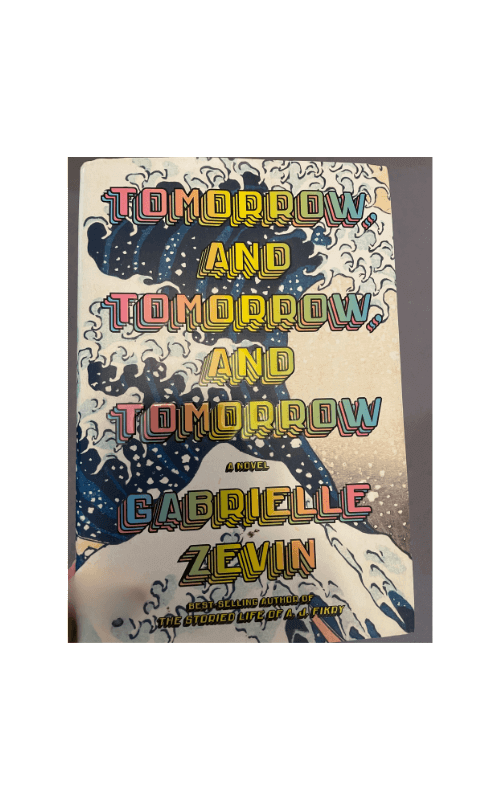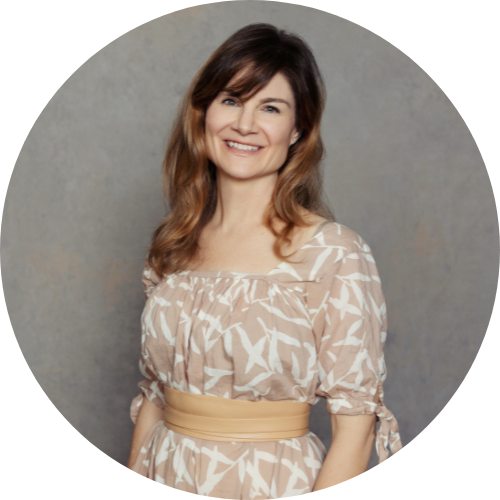In my last post, I wrote about how a PET Sentence Journal can help get a broader sense of writing that strikes you as Persuasive, Evocative, or True.
Someone pointed out that the “E” could stand for “Entertaining.”
Absolutely! Any sentence that delights you, that makes you think: I want to do that.
In our favorite books, sentences that strike us generally gain power from context – where and how the sentence is placed, how it relates to the character, their story arc, and the book’s theme.
In this post, I want to talk nuts and bolts of building context at the scene level.
Scenes are created by a “real time” action/reaction cause & effect chain of events.
For example:
An External event or stimulus (non-POV character acts or speaks; something in the exterior world occurs)
Causing …
A. POV to react and act
Causing …
B. Non-POV character to react and act
Causing …
A. POV to react and act
Simple! But good writers don’t stop there.
 |
A. The crowd (external stim) immediately gives Sam a simple, initial goal: push through to get to a meeting he’s late for.
“Can’t you go around?” a man in a black and green macrame hat yelled at Sam.“Excuse me,” Sam said.“Dammit, I almost had it,” a woman with a baby in a sling muttered as Sam passed in front of her.“Excuse me,” Sam said.Occasionally, someone would hastily leave, creating gaps in the crowd. The gaps should have been opportunities of escape for Sam, but somehow, they immediately filled with new humans, hungry for diversion.
Simple action/reaction.
But POV character reactions should be multi-layered and varied.
Reactions can range from the internal and unconscious (feeling, physical reflex); to conscious thought and reasoning; to physical action; and finally, speech.
In general, some external stimulus, will create a cascade of reactions from your POV character in this order:
1.Feeling
2.Physical Reflex
3. Thought
a. Add to current knowledge with backstory needed to understand conflict
b. think through situation
c. Make a decision
4. Physical movement in response to external stimulation
5. Speech
In this above example, Zevin uses only 4 and 5.
Not every level of reaction is needed. But reading first draft pages, you might be surprised how often writers leave out any POV reaction at all to external stimulus, or only deal in the range of 4 & 5.
In most published books, you’ll find a mix of reactions 1-5, sometimes cycling through more than once in prolonged sections of interiority.
Note how Zevin quickly expands from simple, external action/reaction:
“Can’t you go around?” a man in a black and green macrame hat yelled at Sam.“Excuse me,” Sam said.“Dammit, I almost had it,” a woman with a baby in a sling muttered as Sam passed in front of her.“Excuse me,” Sam said.Occasionally, someone would hastily leave, creating gaps in the crowd. The gaps should have been opportunities of escape for Sam, but somehow, they immediately filled with new humans, hungry for diversion.He was nearly to the subway’s escalator when he turned back to see what the crowd had been looking at. Sam could imagine reporting the congestion in the train station, and Marx saying, “Weren’t you even curious what it was? There’s a world of people and things, if you can manage to stop being a misanthrope for a second.” Sam didn’t like Marx thinking of him as a misanthrope, even if he was one, and so, he turned. That was when he espied his old comrade, Sadie Green.
The course of the present scene action/reaction causes Sam to think, reason, and imagine his roommate, Marx (previously introduced though not present), speak.
Sam imagines what his roommate will say and this acts as stimulus for Sam’s reaction:
Sam didn’t like Marx thinking of him as a misanthrope (thinks/decides) and so he turns.
That was when he espied his old comrade, Sadie Green.
Because Sam pushes through the crowd without bothering to find out what the people were looking at, Sam imagines Marx calling him a misanthrope. Because he imagines what Marx will say, he turns. Because he turns, he sees Sadie Green.
This is an example of cause & effect, driven by external events in a scene, and the character's unique reasoning and reaction to those events.
The external stimulus of seeing Sadie Green not only continues the action/reaction chain of events in the opening scene, but kicks off the chain of events that unfolds over the entire book.
The formula of cascading reactions is a simple one, but when done artfully, the chain of external cause & effect creates anchor points in scenes that allow readers to journey in POV characters’ thoughts, reasoning, backstory, and imagination, all fodder for rich story world and characterization!
I’ve found that this space between anchor points, in cascading reaction, is often where I find my PET Sentences 😊




0 Comments